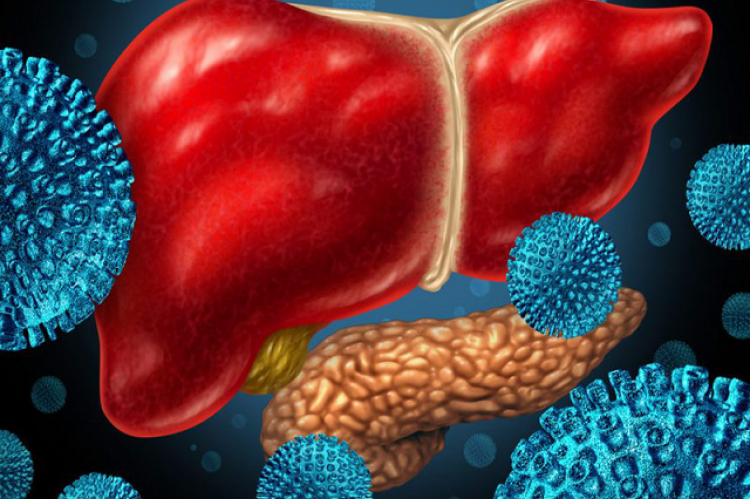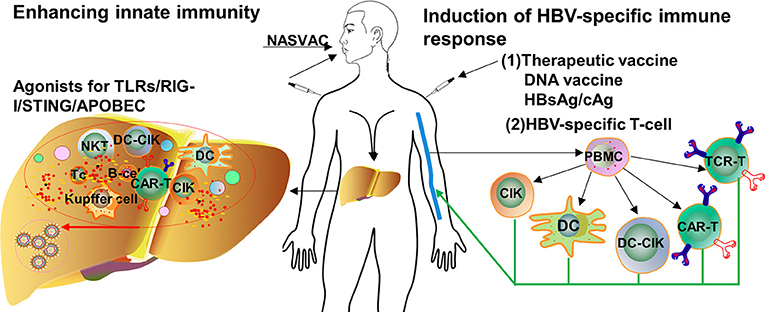Hepatitis B, often abbreviated as HBV, is a serious liver infection caused by the hepatitis B virus. This condition can lead to both acute and chronic health issues, making it a significant public health concern worldwide. While some individuals recover fully from the infection, others may develop long-term complications such as cirrhosis or liver cancer. Understanding what this disease is, how it spreads, and the available treatment options is crucial for prevention and management.

What Is Hepatitis B?
Hepatitis B is a viral infection that primarily affects the liver. The virus attacks liver cells, causing inflammation and impairing the organ’s ability to function properly. There are two main types of hepatitis B infections:
- Acute Hepatitis B: This refers to a short-term illness that occurs within the first six months after exposure to the virus. Many people with acute hepatitis B may not experience noticeable symptoms and can clear the virus from their bodies without medical intervention.
- Chronic Hepatitis B: If the infection persists beyond six months, it is classified as chronic. Chronic hepatitis B can lead to severe liver damage over time and requires ongoing medical care.
The severity of the infection varies depending on factors such as age at the time of exposure and the strength of the immune system. Infants and young children are more likely to develop chronic hepatitis B compared to adults.
How Does Hepatitis B Spread?
Hepatitis B is highly contagious and spreads through contact with infected bodily fluids. Unlike other forms of hepatitis, it does not spread through casual contact like hugging or sharing food. Below are the primary modes of transmission:
1. Mother-to-Child Transmission
One of the most common ways hepatitis B spreads is from an infected mother to her newborn during childbirth. This form of transmission is particularly concerning because infants have a high risk of developing chronic infections if exposed to the virus at birth.
2. Blood Contact
The virus can be transmitted through direct contact with infected blood. This includes:
- Sharing needles or syringes among drug users
- Accidental needlestick injuries in healthcare settings
- Using contaminated equipment for tattoos, piercings, or medical procedures
3. Sexual Contact
Hepatitis B can also spread through unprotected sexual activity. The virus is present in semen and vaginal fluids, making sexual transmission a significant risk, especially among individuals with multiple partners or those who do not use protection.
4. Sharing Personal Items
Although less common, the virus can spread through sharing personal items such as razors or toothbrushes if they come into contact with infected blood. Proper hygiene practices can significantly reduce this risk.
Symptoms of Hepatitis B
Many individuals with hepatitis B may not experience any symptoms, especially during the early stages of infection. However, when symptoms do occur, they typically appear about one to four months after exposure. Common symptoms include:
- Fatigue and weakness
- Loss of appetite and unintended weight loss
- Nausea and vomiting
- Abdominal pain, particularly in the upper right side beneath the ribs
- Dark urine and pale stools
- Jaundice, characterized by yellowing of the skin and eyes
- Fever and joint pain
It is important to note that the absence of symptoms does not mean the infection is harmless. Chronic hepatitis B can progress silently, causing liver damage over time without obvious warning signs.
Diagnosing Hepatitis B
Early diagnosis is essential for managing hepatitis B effectively. Healthcare providers use several tests to confirm the presence of the virus and assess the extent of liver damage. These tests include:
1. Blood Tests
Blood tests are the primary method for diagnosing hepatitis B. They detect specific markers of the virus, such as antigens and antibodies. Key blood tests include:
- Hepatitis B surface antigen test: Detects the presence of the virus in the body.
- Hepatitis B surface antibody test: Indicates immunity to the virus, either through vaccination or past infection.
- Hepatitis B core antibody test: Identifies whether an individual has been exposed to the virus.
2. Liver Function Tests
These tests measure levels of liver enzymes and proteins to evaluate how well the liver is functioning. Elevated enzyme levels may indicate liver inflammation or damage.
3. Imaging Tests
In some cases, imaging tests such as ultrasounds or CT scans may be used to examine the liver for signs of scarring, tumors, or other abnormalities.
4. Liver Biopsy
A liver biopsy involves removing a small sample of liver tissue for analysis. This procedure helps determine the severity of liver damage and guides treatment decisions.
Treatment Options for Hepatitis B
Treatment for hepatitis B depends on whether the infection is acute or chronic. While there is no cure for chronic hepatitis B, various treatments can help manage the condition and prevent complications.
1. Acute Hepatitis B Treatment
For most individuals with acute hepatitis B, treatment focuses on supportive care rather than medication. This includes:
- Resting to allow the body to fight off the infection
- Maintaining proper hydration and nutrition
- Avoiding alcohol and medications that can strain the liver
In rare cases where symptoms are severe, hospitalization may be necessary to monitor and manage complications.
2. Chronic Hepatitis B Treatment
Chronic hepatitis B requires long-term management to reduce viral activity and minimize liver damage. Treatment options include:
a. Antiviral Medications
Antiviral drugs are commonly prescribed to suppress the virus and slow its progression. Examples of these medications include:
- Entecavir
- Tenofovir
- Lamivudine
These medications are taken daily and must be continued indefinitely to maintain their effectiveness.
b. Interferon Injections
Interferon is a protein that boosts the immune system’s ability to fight the virus. It is administered via injections and is often used for younger patients or those who wish to avoid long-term medication use. However, interferon therapy can cause side effects such as fatigue, flu-like symptoms, and mood changes.
c. Regular Monitoring
Individuals with chronic hepatitis B require regular check-ups to monitor liver function and detect any signs of complications early. This may involve periodic blood tests, imaging studies, and consultations with a specialist.
3. Liver Transplantation
In cases where hepatitis B leads to severe liver damage or failure, a liver transplant may be necessary. During this procedure, the damaged liver is replaced with a healthy donor liver. However, transplantation carries risks and requires lifelong immunosuppressive therapy to prevent rejection.
Preventing Hepatitis B
Prevention plays a critical role in reducing the spread of hepatitis B. Several strategies can help protect against infection:
1. Vaccination
The hepatitis B vaccine is a safe and effective way to prevent the disease. It is recommended for all infants at birth, as well as for adults at higher risk of exposure, such as healthcare workers and individuals with multiple sexual partners.
2. Safe Practices
Adopting safe practices can significantly reduce the risk of transmission:
- Using condoms during sexual activity
- Avoiding sharing needles or other drug paraphernalia
- Ensuring proper sterilization of equipment for tattoos and piercings
3. Screening and Education
Routine screening for hepatitis B is essential for pregnant women and individuals at high risk. Public education campaigns can also raise awareness about the importance of vaccination and safe practices.





